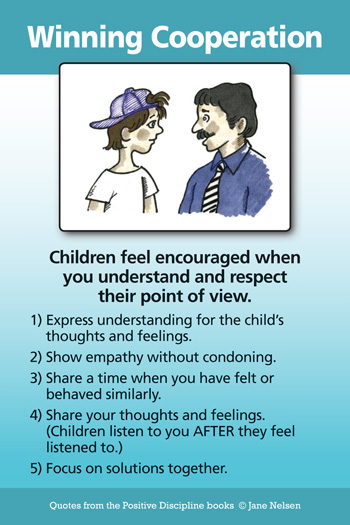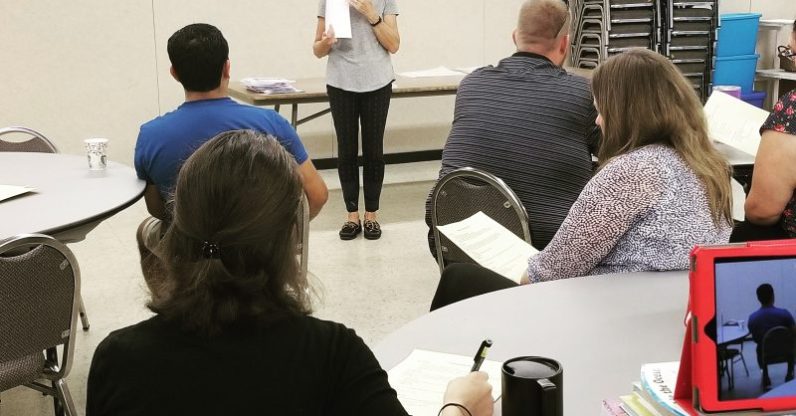We hope you all enjoyed our first Morning PEP! with Ms. Jennifer on how to incorporate Montessori into the home. Incorporating Montessori into the home is one theme many parents seek advice on, from what materials to make available to how to make “natural consequences” work for different ages and activities.
Ms. Jennifer’s full presentation will be available soon but we’ve included 3 highlights focusing on the most commonly asked questions:
- Putting away materials: Sometimes children don’t put away materials after using them. How can you help build this sense of discipline while incorporating natural consequences?
The first step here is to keep an eye out that your child is only pulling out a few (or ideally, just one) item or work at a time. This prevents major cleaning up later. By limiting the number of works available at all, we can naturally curb the number of items removed at a time. When the time comes to clean up, to begin with, you can assist your child in this task but allow them to do the bulk of it. Cleaning up is also easier if belongings have clear homes rather than being all jumbled together in a bin. If your child still struggles, it is perfectly okay to have a conversation that they are not yet ready for this work if they can’t take care of it and thus it will have to go away for awhile. After several days, it may be time to introduce that work or material again and have another lesson on properly putting it away. - Helping with chores: How can we start a chore regimen without a reward chart or similar system?
Children naturally want to help with day-to-day tasks and start building a sense of independence. Caregivers can help develop this by letting children assist with chores such as folding laundry or making dinner. It will probably take several rounds of modeling certain ideas (this is how we fold a t-shirt, this is the proper way to cut a carrot) before children are able to complete a task exactly right. Children also enjoy repetitive tasks, so don’t be surprised if they want to fold and unfold the same load of laundry over and over again. If you have time, this is a wonderful opportunity to allow them to practice when they are most engaged in the task. This inner drive to learn is key for children, so the more we can allow them to give themselves over to it, the more the will absorb and grow. - Discipline: How can I work with my child on behavior, especially things like tantrums and whining?
At St. Paul’s, we follow a system known as Positive Discipline, which encourages adults to listen to what the children are trying to say. A tantrum that we see as “misbehaving” might be a child’s attempt to let us know that they are confused and unsure about what’s happening and could really use some reassurance. The first step is to acknowledge the child’s feelings, once they are ready to talk. It is important for the caregiver not to react to the child’s behavior but rather let them know that you are ready to listen when they are able to talk to you about their feelings. Once the conversation has begun, express empathy and share a time when you may have felt or behaved in a similar way. The key here is to do so in a way that acknowledges the child’s feelings without condoning their behavior (practice makes perfect!). Once this connection has been established, you can work with your child to develop a solution to the problem in a calm and reasonable manner.

We will be offering Morning PEP! events on the first Friday of every month and we value your feedback regarding what types of presentations or topics are most interesting to you. Please comment below or send us an email with your ideas for further discussion. Our next event will be Friday, November 2 at 8:30 a.m. in the Parish Hall!

